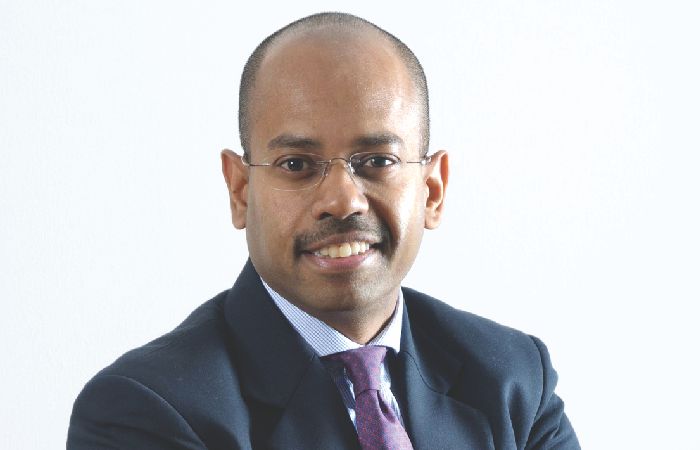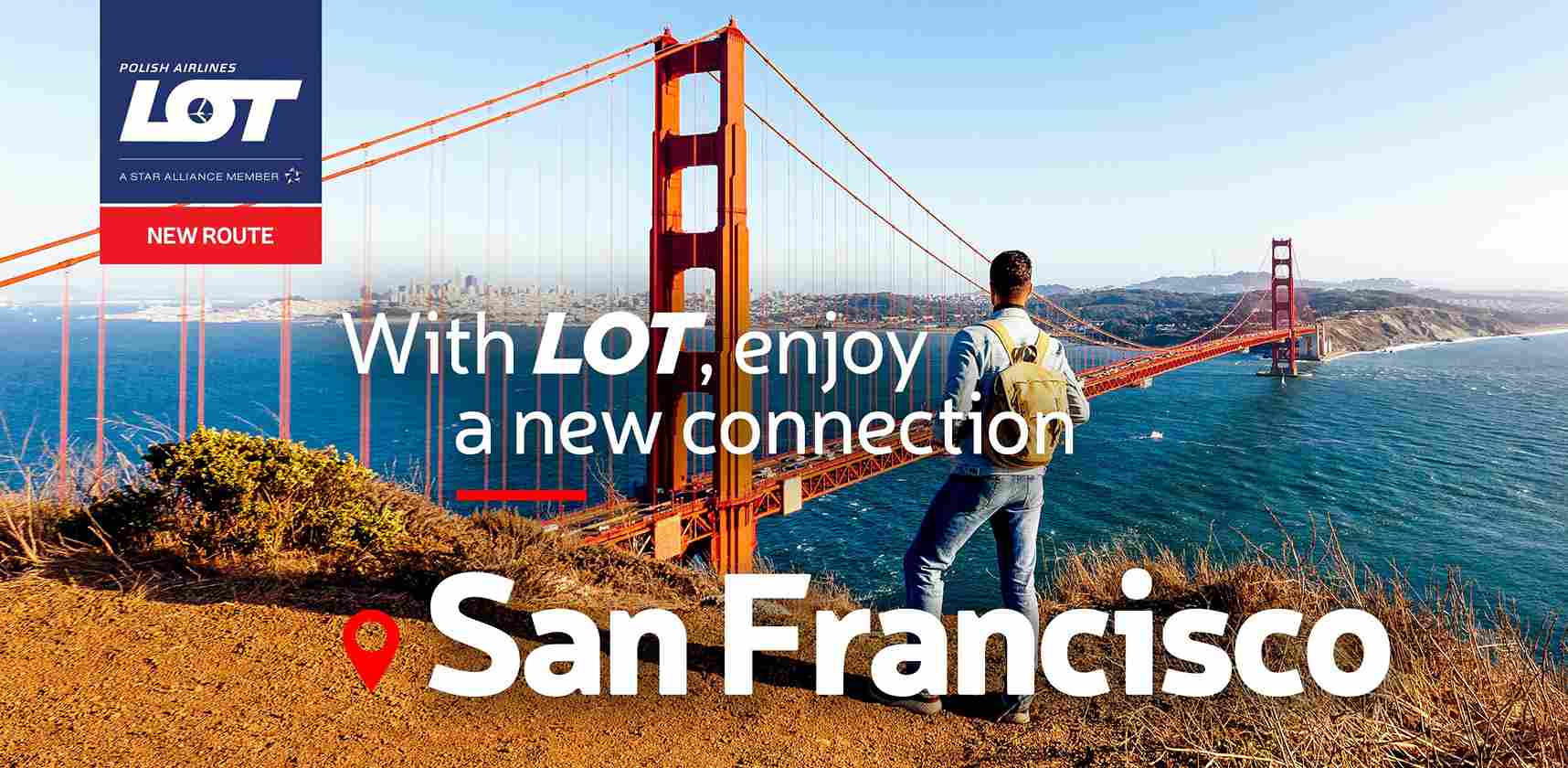Aditya Ghosh, President & Whole Time Director, IndiGo, was the keynote speaker at the TAAI Convention in Srinagar. He shared what makes IndiGo the preferred domestic carrier and how the tourism and aviation industry is going to be a force to reckon with.
Nisha Verma
Growth of Indian aviation
In the last decade, the aviation industry in India has grown at an exponential rate. In 2006, all the airlines put together used to carry 18 million customers in the entire year. This year IndiGo alone was carrying 50 million customers. The aviation industry along with the travel and tourism business in India has grown six times. This year, we will see around 120 million people travelling by air in India. Today, India is the third largest aviation market in the world, and it is safe to assume that the demand for safe, affordable and reliable air travel will continue to exist in India. Even the goal of the National Civil Aviation Policy by Government of India has set the target of having half a million domestic air travellers in India in the next nine years. However, if we grow at about 25-30 per cent every year, we may get to that mark before the next decade is out.
Economic contribution of tourism
Tourism and travel has a very symbiotic relationship with the GDP of the country. Today, 9.4 per cent of India’s GDP is contributed by travel and tourism alone, which means that this industry supports 41 million jobs in this country. In the next 10 years, the travel and tourism industry in India is expected to contribute about half a trillion dollars of revenue every year. In addition, there is a plethora of government initiatives helping us moving forward on this path. The UDAN scheme is one of them.
Stumbling blocks
Despite being the third largest aviation market in the world, India is the most under penetrated aircraft markets in the world. All the airlines put together in India have about 550 airplanes, which is less than the fleet size of Southwest Airlines in the United States. Hence, in the US, one third of population has 7000 commercial airplanes, and we with 1.3 billion people have 550 airplanes. However, let alone mature markets like US and Europe, even countries like Indonesia, Philippines, Brazil, China, and Malaysia, have around 10 times the aircraft penetration of India, which means that if we dream a little hard and put our heart and soul into it, it is possible to turn this dream into reality.
“The aviation industry along with the travel and tourism business in India has grown six times. This year, we will see around 120 million people travelling by air in India. Today, India is the third largest aviation market in the world”
If one looks at the last 10 years, the GDP growth was 7-8 per cent, aviation, and the travel and tourism industry grows at 15-16 per cent. If India can sustain a growth of even 6-7 per cent, it means that for the next decade and a half, we as a community can witness a growth of 15 per cent.
Big on domestic
Around 88 per cent of travel and tourism in India happens from the domestic market. With 85 per cent of our capacity dedicated to India, I am biased in favour of domestic tourism. In the last five years, all the airlines in India put together, other than IndiGo, grew at less than two per cent. In the same period, IndiGo grew at 24 per cent, serving the same airports, markets, fare and people.
Need for government support
At IndiGo, we feel that the government doesn’t need to spend money in running hotels or airlines. There is enough potential and capability in the private sector to take this country to a completely different level. The biggest help we need is in helping lower our input costs. As per a recent survey, India has one of the lowest average airfares in the world, and yet we are unfortunately burdened with one of the highest cost structures in the world. There are taxes on fuels, escalating airport charges, infrastructure constraints, which adds to the cost of doing business. There are some live examples from India over the last few years, where by bringing down the sales tax on aviation fuel, there has been a dramatic increase in air connectivity and in the GDP of the state. If we can push the envelope and try to even go for 24 hour operations here, Srinagar could turn into a 24*7, 365-day destination. This would immediately result in more jobs not only with the airlines, but with repair work, hotels, road transportation and of course, the spending power of the people coming in and contributing to the state. I promise that if the government makes that investment in the future of the state, this will come back many fold in returns.
Tourism Rules
Today, 9.4 per cent of India’s GDP is contributed by travel and tourism alone, meaning this industry supports 41m jobs in this country
In the next 10 years, tourism industry in India is expected to contribute about half a trillion dollars of revenue every year
 TravTalk India Online Magazine
TravTalk India Online Magazine





